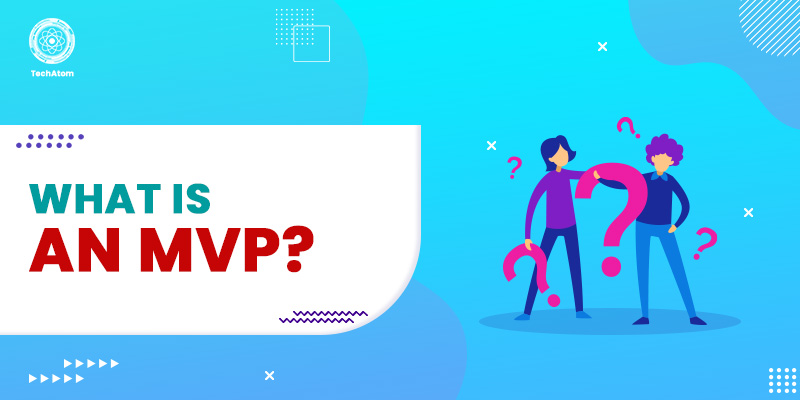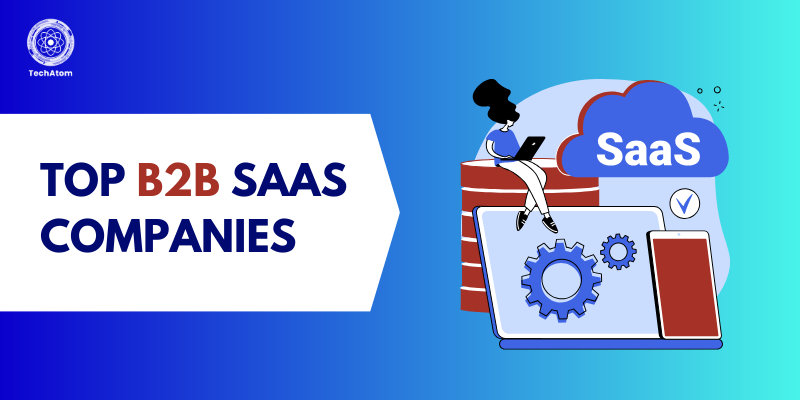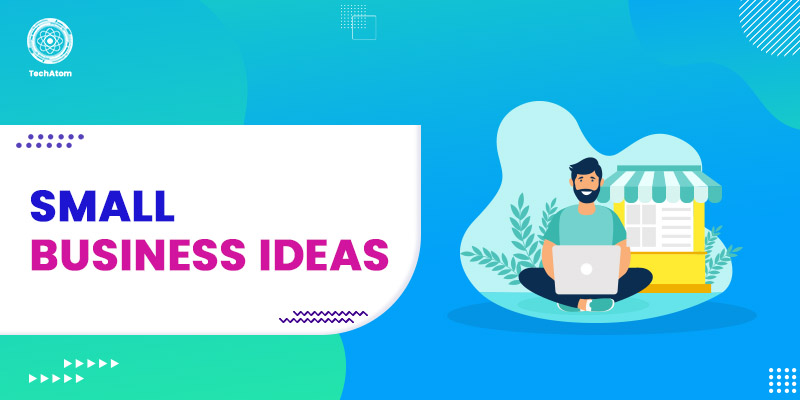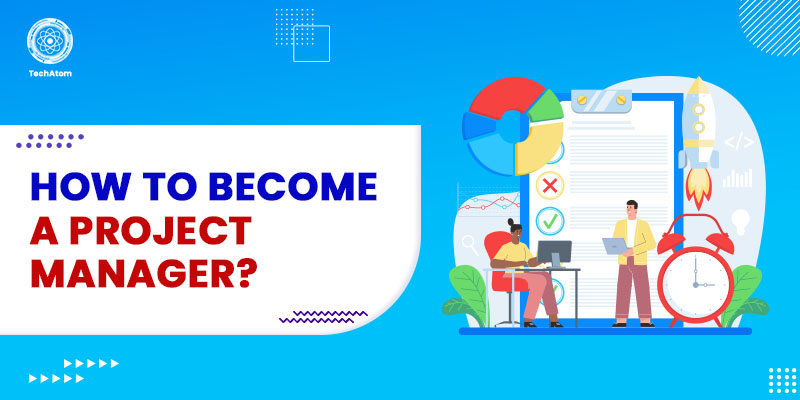The minimum viable product, or MVP, was introduced by Frank Robinson in 2001 and now works as one of the most valuable concepts in mobile application development or any organizational development. MVP works for both start-up companies and high-end organizations to help the developers understand the nature of the target audience. It helps you create a new product for your business so that you can grow and create a more impactful conversion rate.
That’s why we will talk about the basics of MVP, which will help you understand how to create an impactful business for your overall career growth.
Definition of Minimum Viable Product
"Minimum viable product" is a term that first came from The Lean Startup. The Lean Startup is a business methodology that aims to create successful businesses by reducing the lifecycle of software development or website development. With the MVP, you can quickly determine if a design is valid without risking anything in the development process.
"Lean Startup" only focuses on establishing a business without wasting resources and time. It also creates new concepts within the business to create new products that the target audience would love. MVP releases the products soon without spending a lot of waiting time on making the products entirely completed.
The MVP would not have all the features but enough to attract an early-adopter customer. And then, the concept is to approve the product in advance during the product development cycle. Many organizations apply the MVP concept to take customers’ feedback early to give them enough time to enhance the product.
But before we get any further into the MVP concept, it’s important to learn about the purpose of MVP.
How does MVP work?
An MVP is the first product version you can release to your customers and gather feedback. Later, you can use that feedback to enhance the product and its abilities. As such, MVP ensures that you get the maximum amount of customer data in as little time as possible.
The company might want to release an MVP when the development team wants to introduce the product to the customer as quickly as possible. A company releases the product when unsure about committing to a larger budget to create a fully developed product or software. By releasing the product early, the product team can find out what their customers like and what they don’t.
Additionally, MVP can reduce the time and resources the product team might invest in the software or product without being sure about its success.
Examples of MVPs
If you want to use the MVP approach for your business, you need to look at some successful and famous products that became popular before they were fully developed.
Here are some examples:
1. Facebook
Facebook was released in February 2004 but was not fully developed then. Year by year, Facebook released new features and changed its interface slowly. Facebook is still not fully developed, yet it has more than 2.89 billion users worldwide, which far exceeds any community site. But if you compare Facebook 2021 with Facebook 2004, you will see how powerful it has become.
2. Spotify
When Spotify was launched on April 23, 2006, in Stockholm, Sweden, it was only focused on streaming music. But now, it has many features, such as audio stories, podcasts, and the ability to make your own playlist. Spotify is available as the desktop version, and it has even released a beta version to test the app before it is fully developed.
3. Twitter
When it was first released, it was only a unique SMS-based app known as "twttr". But it was fully released in 2006, and before that, Twitter was for only internal use. Today, it is the second-largest social networking site after Facebook.
All these popular media platforms have known the benefits of MVP from the beginning. That’s why they could implement the strategies into the development of the business.
MVP Advantages
Here are the main benefits of applying the MVP concept to your business:
1. Emphasizing the project development
With the MVP concept, you can work on creating the idea of improvement and focus on development simultaneously. Since MVP is part of a lean startup, it focuses on developing the project within a small budget. It also improves the core elements of the business application.
2. Feedback collection
By releasing the application sooner than it is fully developed, you attract users and ask for their early opinions about the product. Honest feedback and opinions will help you enhance your application development and make your customers happy when you release new features to build a user experience.
3. Inexpensive
The fewer the features, the less costly it will be. If you create fewer features and develop your product or application, then you will have the time to see what is working and what is not. It saves you some time and resources to work on the next update of your product.
4. Market Validation
You can easily find out how your product performs with the right audience. And after collecting a significant amount of data, you can use that to enhance your app’s features and increase user engagement.
Conclusion
When building a minimum viable product, you need to follow the steps below.
- First, you must identify your business needs and then clearly understand the product.
- After that, you can follow an MVP approach and design how the approach will be represented.
- When you have a proper plan for the MVP, you can make a list of all the features you want in a product, prepare the product, and release it to the target audience.
If you follow this process, then you can easily measure and learn your progress and use the data to increase the success rate of your business or product.
People are also reading:




